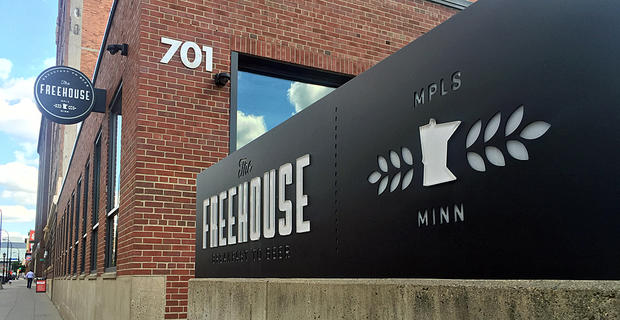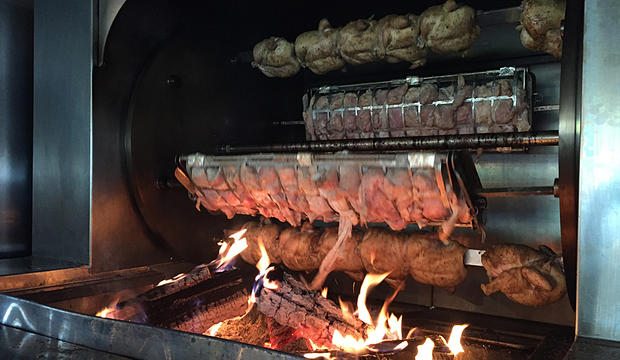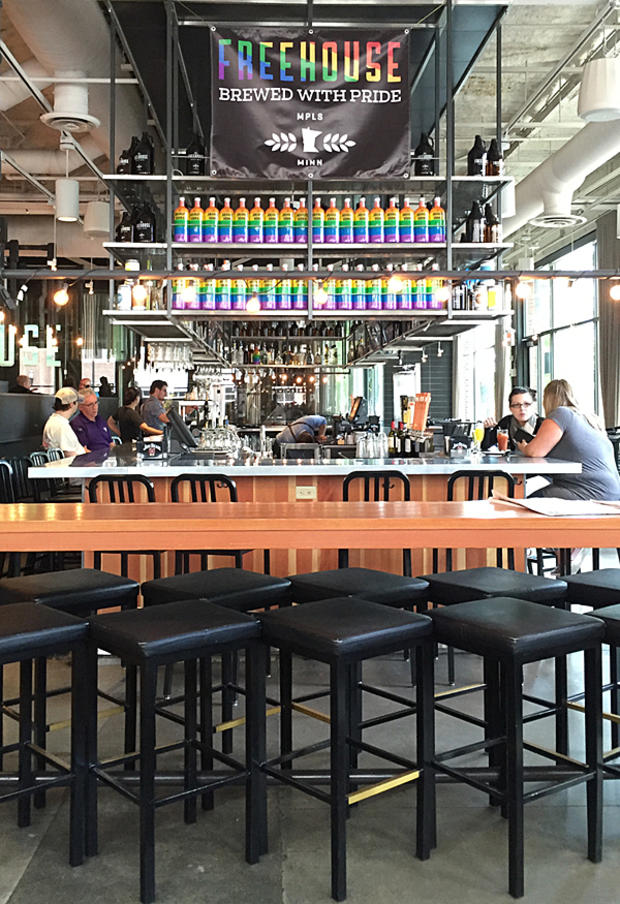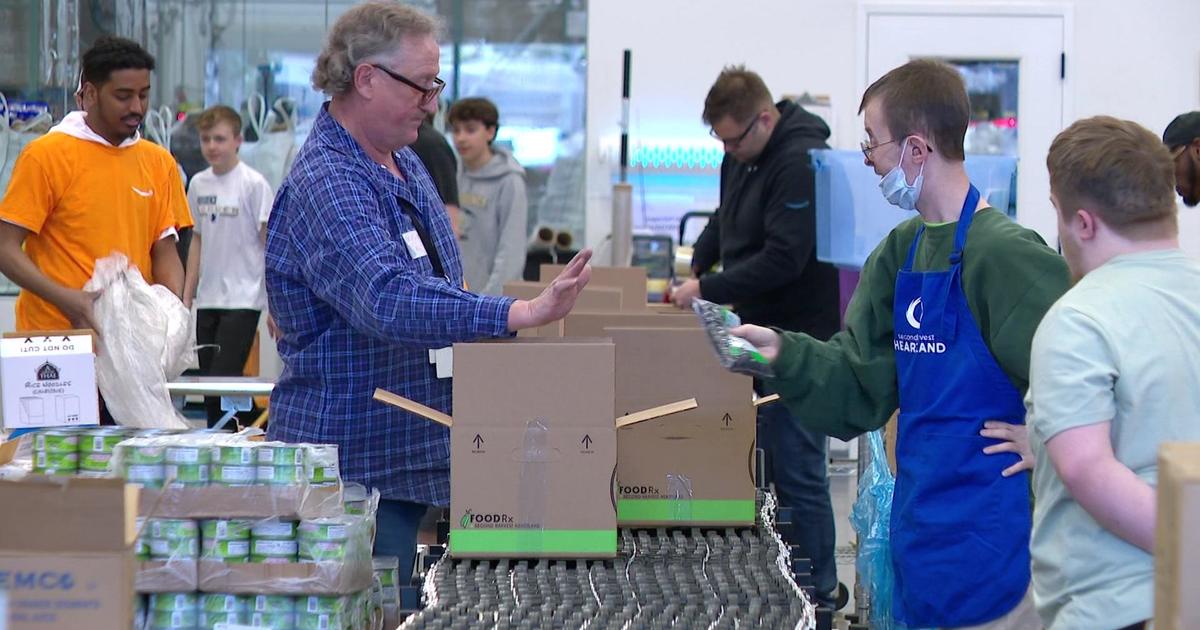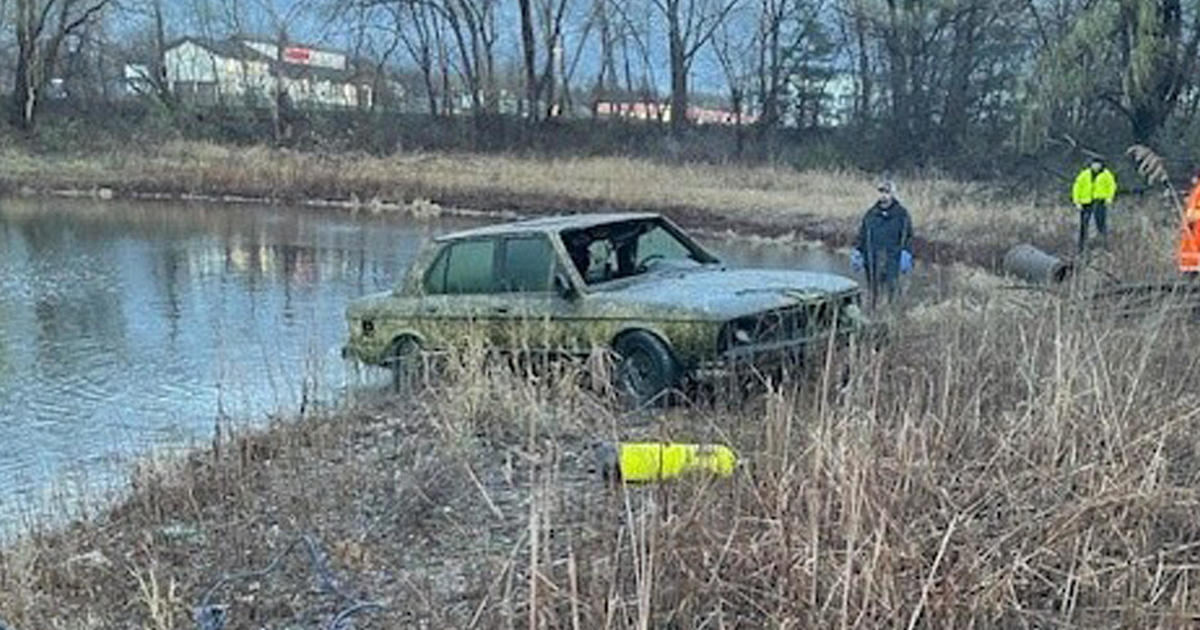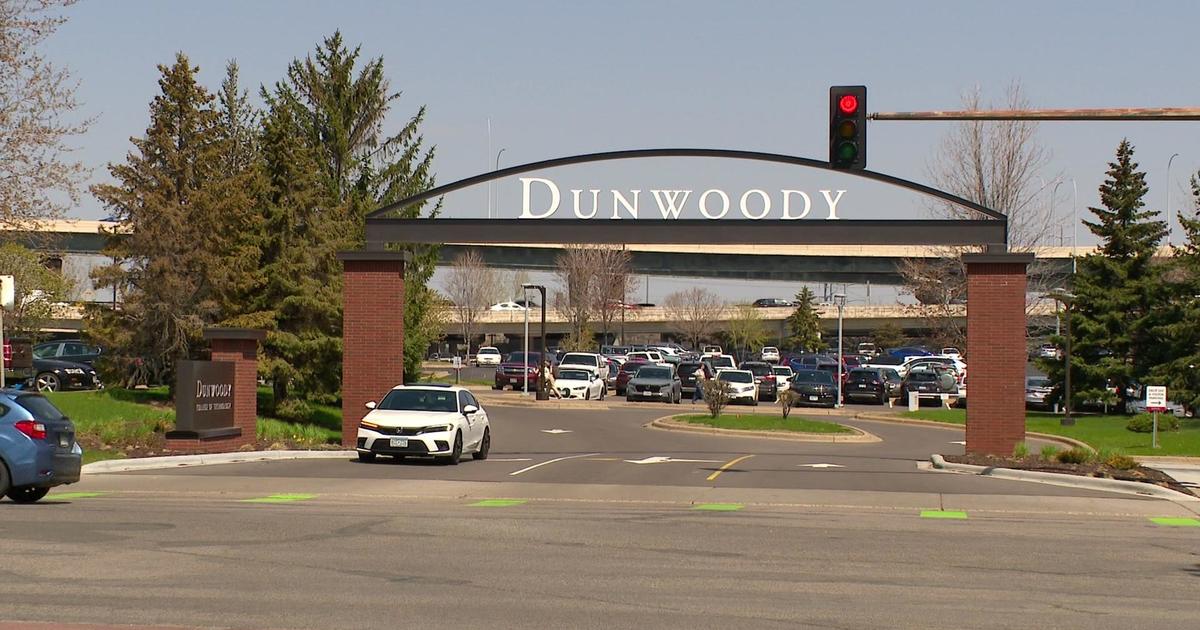Tap Talk: Freehouse, A Brewpub In Mpls' North Loop
Over the last five-plus years, the craft brewery movement has grown exponentially in Minnesota. The Associated Press says licensing records show two-thirds of Minnesota breweries have opened just since 2010. So, we decided to help you – and your livers – keep up with the taproom trend by stopping by some of these Twin Cities brewhouses. For the next brewery, Tap Talk is taking a trip to the North Loop in Minneapolis and visiting Freehouse.
What started as two servers dreaming up a breakfast restaurant concept has now blossomed into a successful restaurant company: Blue Plate Restaurant Company.
It's been a long journey since 1993. That's when co-founders Stephanie Shimp and David Burley, who were Nicollet Island Inn servers at the time, teamed up and opened their first restaurant, the Highland Grill.
"We noticed a lack of breakfast places in the Twin Cities market," she said. "We were kids and didn't know any better. I sold my car and he had some money saved up from waiting tables. We found the Highland Grill for sale for in the Star Tribune classifieds ad section for under $10,000 and we bought it."
For 18 months, Shimp and Burley worked at the new restaurant every single day – as well as a catering job at night – until they could "feed ourselves without a second job."
Since then, the restaurant company has opened Groveland Tap, The Edina Grill, the Longfellow Grill, 3 Squares, The Lowry, Freehouse (of course) and their newest addition: the Blue Barn at the Minnesota State Fair.
But now for the main attraction: Freehouse and its beer.
Freehouse head brewer Tim "Pio" Piotrowski started, like many, by home brewing. From there he had the opportunity to work for three different Rock Bottom breweries in Colorado. That's where he began to form his "beer philosophy."
"I got to work with three different head brewers. So, I saw their philosophies, which were very different. Some focused heavily on quality, some heavily on flavors and some heavily on consistency. And I took pieces from all of those brewers," he said.
In addition to melding those three priorities, another aspect Pio heavily focuses on is making beers that don't fill you up (because that's what their food is for) and pairing them well with said food.
So, for more on the brewpub, its beer, its food and everything else, check out the interview below with Pio and Shimp.
How did the Freehouse come about?
Shimp: It was born when we were drinking beer on the rooftop of the Walker at Rock The Garden. I'm thinking 2012. A buddy of ours who just got back from a brewery somewhere said "you know, we don't have any real brewpubs here." And I agreed. A month or two later, David did a big brewpub tour through Portland and Denver and I went out east to the other Portland. And we thought the brewpub thing was really cool. We fortunately hooked up with Pio, and he was able to help us put together the design and equipment package. And I think we make some pretty damn good beer.
And this neighborhood. One of the hottest neighborhoods in the country. We needed industrial space with high ceilings.
In regards to your food -- how did comfort-food-with-a-twist come about?
Shimp: David and I grew up in small towns and we wanted a place where it doesn't need to be a special occasion to visit us. And in order to achieve that frequency and belonging, you need to have food that's approachable and you can come back to often.
We really think the comfort-food-with-a-twist goes well with our Blue Plate ethos: the blue plate special of the 50s, the blue collar worker, the blue ribbon at the state fair.
So, what's the overall aim of the Blue Plate Company? Is there one?
Shimp: We're a collection of neighborhood restaurants. Our goal is to serve our community and to tailor each restaurant to meet the individual and specific needs of its community.
So, Pio, could you describe some of your brews?
Pio: The No. 1 is our Kolsh. It's our most popular beer. It's a light German-style ale. No. 2, our year-round IPA, is our second-most popular beer -- a very close competitor to our No. 1. The No. 11 is our Belgian style witbier, which is my favorite style. I tend to drink IPAs more, but if I could only have one beer for the rest of my life, it'd be the No. 11.
No. 13 is blueberry blonde, which is not my type of beer. I make beers for guest, but I did surprise our owners when I wrote that recipe. Our guests love it. We make it in summer and keep it kind of limited. We make more and more every year because people love it.
You guys make it clear that you serve competitor's beer, too. How do you go about deciding on what to offer?
Pio: It started where we were a brand new brand in the market, so I didn't want to have a lot of beers that would directly compete with our offerings. I don't actually choose them, our bar manager does. But the idea was to have some worldly beer, some national craft beer and local/regional craft beer. We wanted to offer variety outside of what we make here. It is a balance.
As we saw how much of our beer we sell, my opinion changed and I told the bar manager to bring in whatever you want! I prefer they don't directly compete, but when we do, sometimes we'll have customers compare the two.
Pio, can you talk more about your background?
Pio: I home brewed like most people. But home brewing for me wasn't about putting crazy ingredients in style or trying to invent styles. I did it because I really enjoyed the process. I enjoyed four hours on a Saturday, around the kettle, drinking beer and seeing how everything changed. Even before it was a dream to be in the industry, the science behind how you turn four simple ingredients into the huge selection – how it's possible, why it works – interested me.
I worked at three different Rock Bottom breweries in Colorado and the benefit of that is that I got to work with three different head brewers. So, I saw their philosophies, which were very different. Some focused heavily on quality, some heavily on flavors and some heavily on consistency. And I took pieces from all of those brewers.
So, with our year-round beers, I focus heavily on consistency. Our brew sheet is electronic and it includes a ton of numbers. You can't replicate a beer without knowing all the stats. We'll write notes of what worked and didn't work, so we'll be able to make the same beer a year later.
Lastly, what's next for Freehouse/Blue Plate in general?
Shimp: We've got three openings this fall.
Mercury, which'll be a 150-seat or so bistro breakfast-lunch-dinner. I'd say one-step up from our neighborhood places, but still serving the neighborhood. Downtown-east. There are very few places where people who work downtown can get an affordable lunch. You got those expensive places and then you have the food trucks, not a lot in between. So, we're hoping to serve that in-between.
Catering event center through Shindig. We've had lots and lots of people who come to our restaurants and we get asked all the time about catering. So, we've been saying no-no-no and now we'll be able to say yes-yes-yes.
And then we're re-opening in St. Paul on St. Clair and Fairview the restaurant formerly known as Scusi. We're re-opening that as Bottle Rocket. A full liquor license was made available so we acquired one of those and will be offering cocktails in a space that previously only had beer and wine.
And we opened a farm. (turns to Pio) and I'm going to need your help with that. (laughs)
With the farm, Shimp says her "Martha Stewart vision" is to get all the chefs together and decide on what to plant in the garden and create something sustainable.
